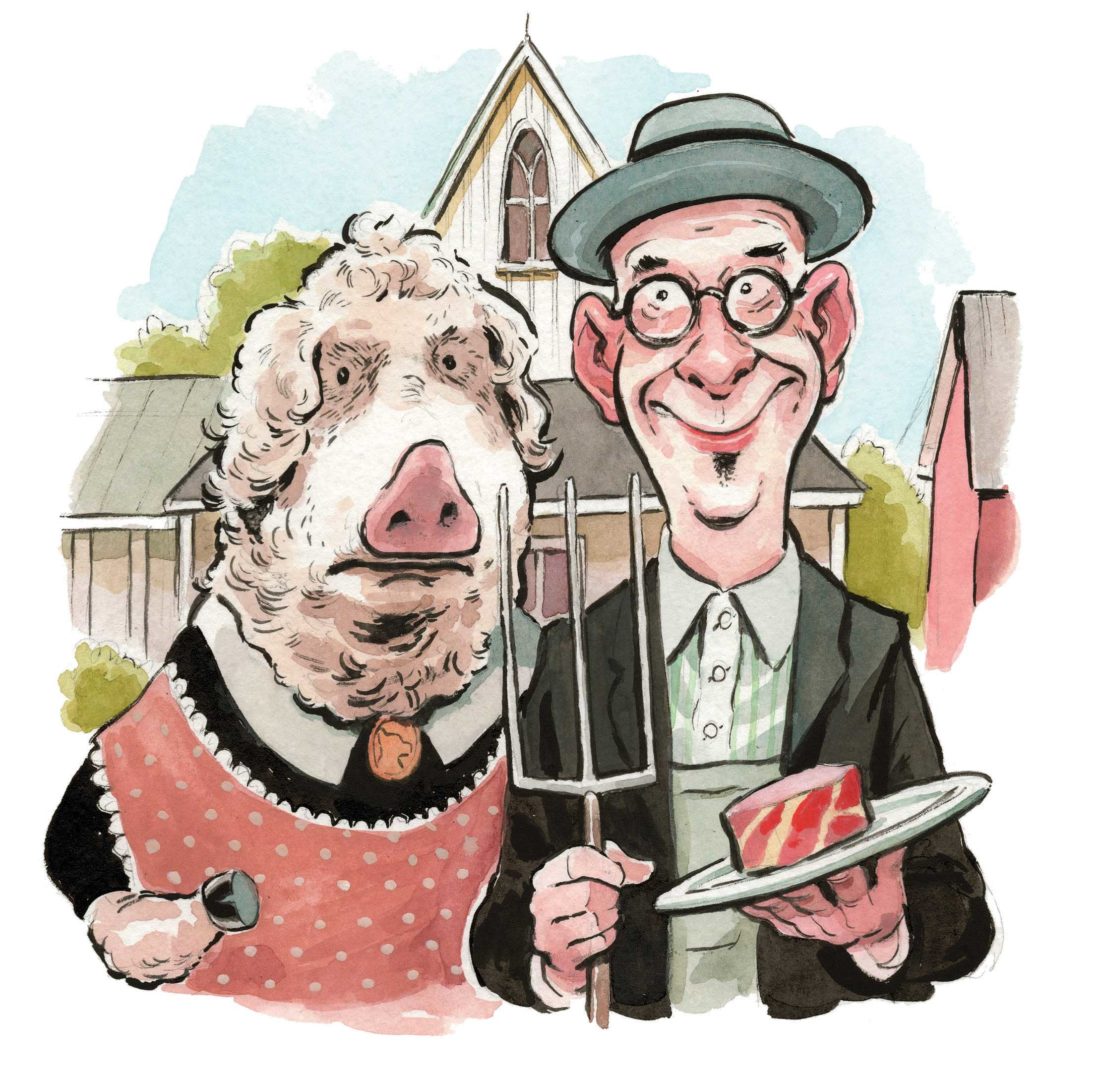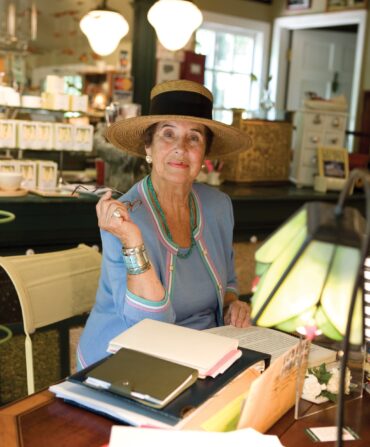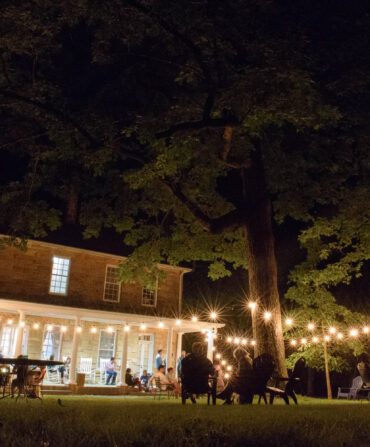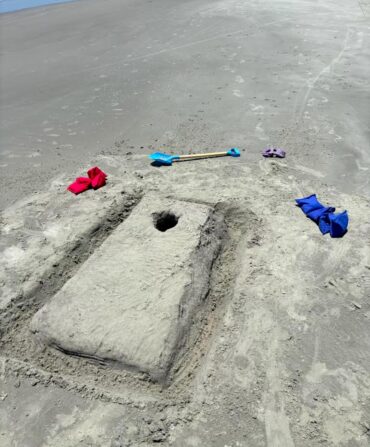Farm down the road has the hairiest darn pigs, and
black cattle with big white bands. Am I seeing things?
Welcome to the strange cosmos of pasture ornaments. Think of this as the South’s farm equivalent of Los Angeles movie producers amassing fleets of Aventadors and Paganis, but with high-end pigs and cattle substituted for the cars. From the sound of it, you’ve just seen some Mangalitsa pigs, bred in the Austro-Hungarian Empire in the nineteenth century and renowned for their fat content and their intense flavor in the paprika-laced Hungarian sausage of the same name. Incidentally, they get their thick winter-proof coats from their wild-boar ancestry. For his bovine decorative stroke, your neighbor seems to have invested in Belted Galloways, which bear an absurdly perfect pop-art-white blaze around their middles. Galloways have had their own herd book in Scotland since the late 1800s and produce excellent marbled beef. The point? Your neighbor’s making a bold attempt to ratchet up his spread’s wow factor. And, as with most decorative one-upmanship, there’s blowback. Belted Galloways and Mangalitsas are undeniably real, but they make a lot more sense in nonsubtropical Scotland and Hungary, get me? In the South, they’re certainly pretty to look at, rare, tasty, all that, but their implacable dissonance casts an odd light. Your neighbor may not be running a farm. He may just be running a zoo that he slowly eats.
We staged a war council about pruning our crape myrtles, but hostilities escalated over topping them.
Just guessing from the undertonal frequencies, but your partner’s the “topper,” right? In that case, I recommend mediation rather than lawyers—it’ll help you stay friends after the divorce. If you insist on remaining together, remedial botany classes for your partner may be in order. On the bright side, you’re fighting at the right time of year. The ebullient Lagerstroemia indica and its cousins L. fauriei and L. speciosa flower on new wood, which requires pruning at dormancy—i.e., now. Otherwise, you’ll blunt the plant’s ability to bring its fine show. As for your cohabitant’s mindless-Frankenstein thrashings, the rule has been set since the botanist André Michaux introduced to the South one of its most iconic flowering trees near Charleston circa 1786: The crape myrtle should be pruned along its leaders to coax space and light, thus blooms, into its brilliant canopy. If you want a five-foot myrtle, go get one, but don’t force a twenty-foot Biloxi to mime a five-foot Petite Red Imp with an annual marine recruit–on–Parris Island buzz cut. That’s first-degree garden slaughter. Strive, instead, for the grace to help your trees flourish in this Southern earth as themselves.
Heading to Mardi Gras, and wondering—does New Orleans have the South’s juiciest criminal history?
What crime? In New Orleans, as in a few other places, history itself has a way of becoming a debate on crime’s many fluid definitions. Were Jean and Pierre Lafitte dastardly pirates on the Spanish Main? Absolutely, until Major General Andy Jackson needed the brothers’ boats and razor-sharp artillery prowess to defend New Orleans against the British fleet, for which action their piracy was pardoned. With the epic colonial crime of slavery as a proscenium, New Orleans became an industry leader in classic illegal work, namely, drugs, prostitution, rackets, and murder. Godfather Carlos Marcello, who ran New Orleans’ crime family with an iron hand for three decades starting in the late 1940s, was eviscerated for that before Congress by the Kennedy brothers, earned jail, and remains best known as a suspected architect of John F. Kennedy’s assassination. For Mardi Gras, let’s part on an up note: Without the crucible of then barely legal prostitution and nightlife that Storyville (now part of Tremé) was until 1917, King Oliver, Kid Ory, Jimmie Noone, Jelly Roll Morton, and Louis Armstrong, all “professors” of music in the best cathouses, would have had a far tougher time bringing us their celestial gifts. Put differently, in addition to bestriding its mighty river, New Orleans bestrides that wild territory in which life and crime are one.








